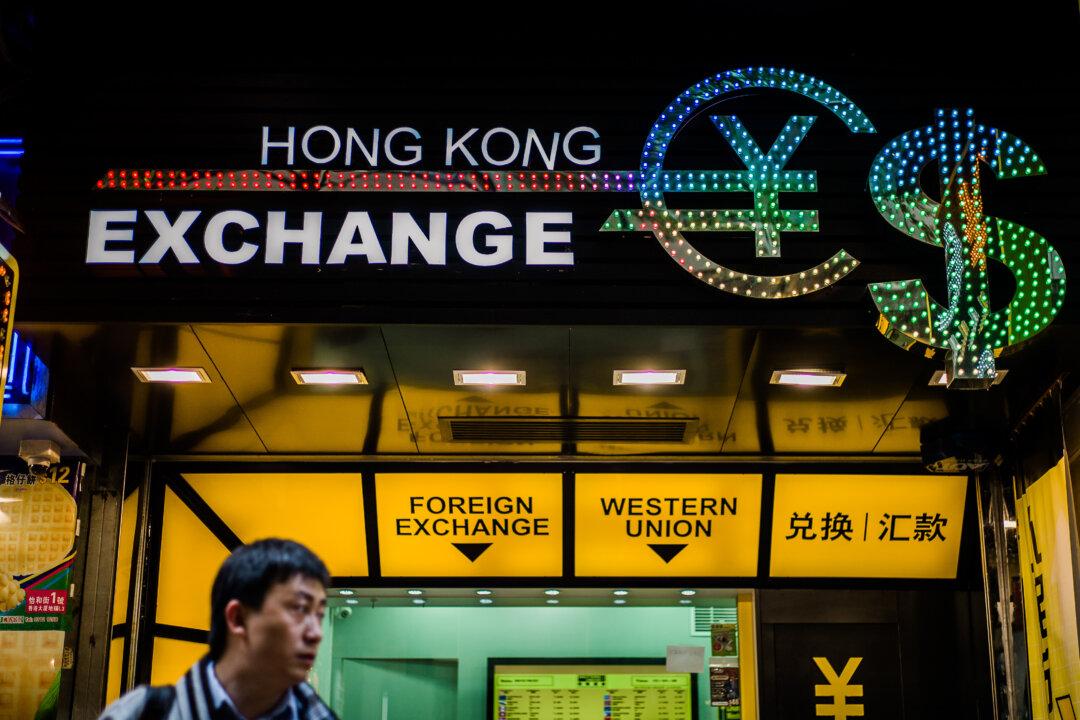In the past two years, Chinese express delivery companies have actively been expanding into overseas markets, with the most intense competition being into Southeast Asia.
YTO Express, a leading private courier in China, recently announced plans for further expansion abroad at the recent China International Import Expo (CIIE), an annual trade fair held in Shanghai. The event was held from Nov. 5 to 10 this year.






